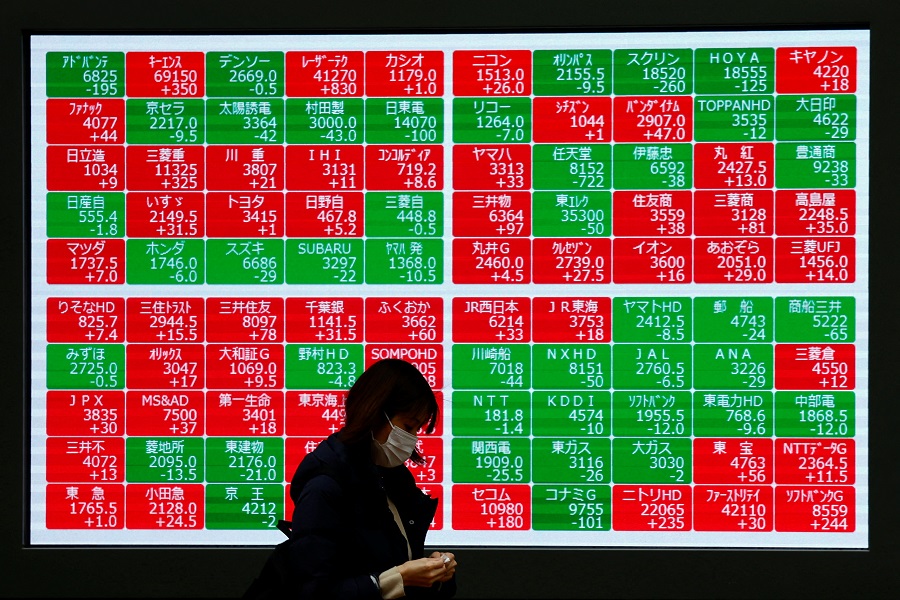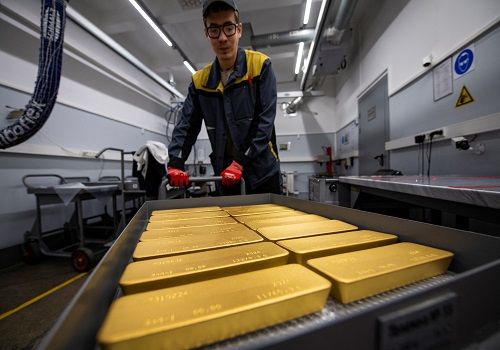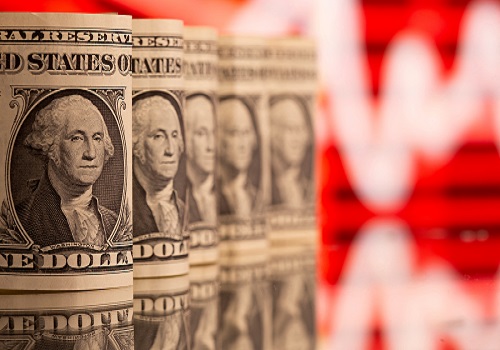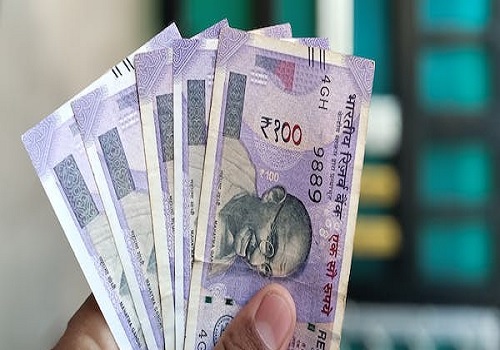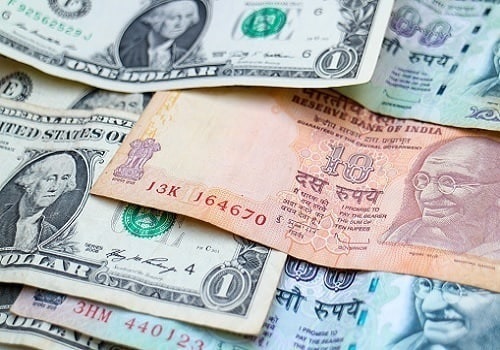Dollar dips as traders stay fixed on US rate cuts next year
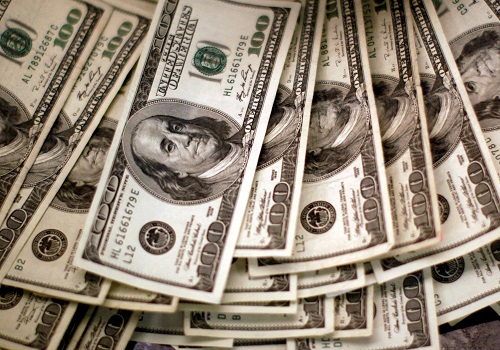
Follow us Now on Telegram ! Get daily 10 - 12 important updates on Business, Finance and Investment. Join our Telegram Channel
The dollar fell across the board on Thursday with the Japanese yen, euro, and pound all at their strongest against the greenback in five months as bets the Federal Reserve will cut rates sharply in 2024 continued to drive markets.
The dollar index, which measures the U.S. currency against six rivals, fell to a fresh five-month low of 100.76. The index is on course for a 2.6% decline this year, snapping two straight years of strong gains.
"With little news to trade over the holidays, markets have just continued doing what they were doing previously – taking Treasury yields lower, equities higher – and in effect pricing the kindest of soft landings that has consequently seen the dollar continue to sell-off," said Nick Rees, FX analyst at Monex Europe.
The day's bigger mover was the Japanese yen. The dollar dropped 0.63% to 140.93 yen, its lowest since July.
The yen is particularly sensitive to moves in U.S. rates and the yield on the benchmark 10 year U.S. Treasury dropped nearly 10 basis points on Wednesday to its lowest since July. [US/]
Because of moves earlier in the year, however, the dollar is still up over 7% on the yen in 2023. Public broadcaster NHK reported on Wednesday Bank of Japan Governor Kazuo Ueda said he was in no rush to unwind ultra-loose monetary policy as the risk of inflation running well above 2% and accelerating was small.
Markets are pricing in a 88% chance of a U.S. rate cut in March 2024, according to CME FedWatch tool. Futures imply more than 150 basis points of Fed easing next year, though the route to that may be bumpy.
"Markets are now looking for more than six full rate cuts from the Fed and no U.S. recession, which seems optimistic to us," said Rees.
"Though we could ultimately end up there, it would be very surprising if we did not see at least some hiccups in the process that aren’t currently priced in, something which should see the dollar snap back when markets pick up again in January."
While the Fed took an unexpectedly dovish stance in its December meeting, opening the door to rate cuts next year, other major central banks, including European Central Bank, retained their stance of needing to keep rates higher for longer.
Markets though are still pricing in as much as 165 basis points of rate cuts from the ECB next year.
The euro was last at $1.1117, having touched a five-month peak of $1.1125 earlier in the session. The single currency is heading for a yearly gain of 3.7%, its strongest performance since 2020.
Sterling rose to $1.2825, its highest since August. The pound is on track for a 6% gain in the year, its biggest since 2017.
The Swiss franc firmed to 0.8380 per dollar, its strongest level since January 2015, when the Swiss National Bank discontinued its policy of having a minimum exchange rate against the euro.
The dollar's weakness has also lifted emerging markets currencies. MSCI's emerging market currency index touched a 20-month high and was on track for its strongest year since 2017 with yearly gains of 5%.












 320-x-100_uti_gold.jpg" alt="Advertisement">
320-x-100_uti_gold.jpg" alt="Advertisement">






